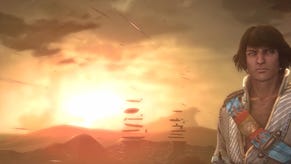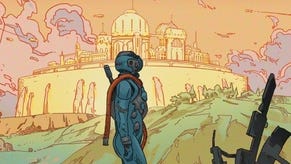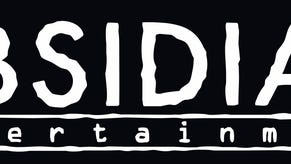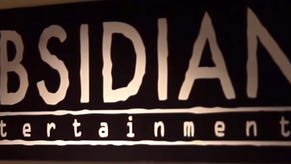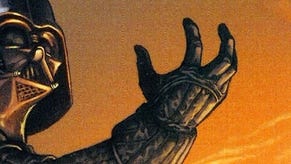Face-Off: Dungeon Siege III
Donkey bunch.
| - | Xbox 360 | PlayStation 3 |
|---|---|---|
| Disc Size | 4.3GB | 4.75GB |
| Install | 4.3GB (optional) | 2014MB (mandatory) |
| Surround Support | Dolby Digital | Dolby Digital, DTS, 5.1LPCM |
Kudos to Obsidian: in developing its own Onyx engine technology, the studio has managed to create a new action RPG that has its own highly distinctive visual look, rich on incidental detail, atmospheric effects and heavy on dynamic light and shadow. In what is essentially an HD reworking of classics like Baldur's Gate: Dark Alliance on PlayStation 2 (albeit without the super-smooth frame-rate), Dungeon Siege III offers plenty of RPG-fuelled enjoyment, but essential elements of the game mechanics are lightweight in nature, and the kind of depth we've come to expect from magic and combat dynamics in this genre feels somewhat lacking.
In terms of the quality of the game across the three major HD platforms, Dungeon Siege III manages to hand in a mostly equivalent experience. Certainly from an image quality perspective, you'd be hard-pressed to tell any of the versions apart from one another, though similar to Alice: Madness Returns each individual release has its own particular strengths and weaknesses, albeit at a much less dramatic level. However, in terms of performance, the two console titles are very, very different.
Let's commence the proceedings with the traditional head-to-head movie, which serves to highlight what a good job Obsidian has done in equalising visuals across both platform. There's also a weighty Dungeon Siege III comparison gallery to pore over.
The fundamentals all look fine: both Xbox 360 and PlayStation 3 are rendering at native 720p resolution, and both seem to be using the same kind of custom anti-aliasing solution which seems to offer different degrees of edge-smoothing depending on the situation. Even if there were no AA at all, there's a strong chance that Dungeon Siege III would look fine regardless: there are few high-contrast colour schemes in the environments and there's generous amounts of bloom and other post-process effects that serve to soften the overall look of the scene.
We'll move onto the specifics of the visual differences shortly, but of more importance is the basic performance level of the game: the key difference between the two console releases. Dungeon Siege III seems to run with very different profiles on Xbox 360 and PlayStation 3. While v-sync is maintained on both platforms (so no tearing whatsoever), the Microsoft console appears to be solidly capped at 30 frames per second, while the PlayStation 3 game is allowed to pump out as many frames as it can at any given point - which fluctuates considerably.
In situations like this, typically we would prefer the capped 30FPS approach (or better yet, a choice in the options a la BioShock 1 and 2) as this standardises controller feedback and gives the game a more consistent look and feel. Unfortunately, consistency is probably the last word you can use to describe the frame-rate of Dungeon Siege III, as our performance analysis showcases quite effectively.
In general gameplay, the uncapped frame-rate tends to see the PlayStation 3 version operate at around 30-35FPS, but the advantage over the capped 30FPS on 360 isn't really evident during gameplay and only really serves to add judder to the movement of the game, especially noticeable as you traverse the environments. Similar to God of War III, in simple environments lacking other characters we can see PS3 performance skyrocket, with close to 60FPS achieved on the odd occasion. Both versions seem to take a serious hit to performance when there are many effects in play, but on balance when performance dips the PS3 version has a small advantage.
While the performance analysis video concentrates on combat situations where we would expect the engine to be under the most stress, it's worth pointing out that even basic traversal leads to a lot of dropped frames or judder on either platform. Based on the stats alone the PS3 version wins hands down in terms of average FPS, but it's an interesting example of how higher frame-rates doesn't necessarily translate into a better game experience, and why developers tend to target a straight 30 or 60FPS. The real impact on gameplay is when performance drops below 30FPS: something that can happen at the drop of a hot on both console platforms.
Other differences between the two versions are nowhere near as pronounced and very difficult to pick up on. Think of these variances as engine curiosities rather than anything to factor into a purchasing decision. For what it's worth, shadow quality on the Xbox 360 game appears to be higher with softer edges (and very close indeed to the PC's highest setting) while the overall look is harder on PlayStation 3, and we also see marginally improved texture filtering on the Microsoft console too.
For its part, the PlayStation 3 also has its marginal advantages as well: some normal maps are rendered in a higher resolution, resulting in more detailed ground, for example. Minor, incidental detail on characters can also see the occasional dropped/lower resolution normal map too.

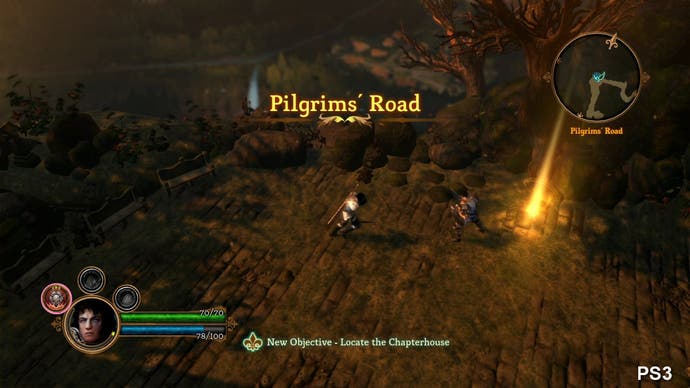
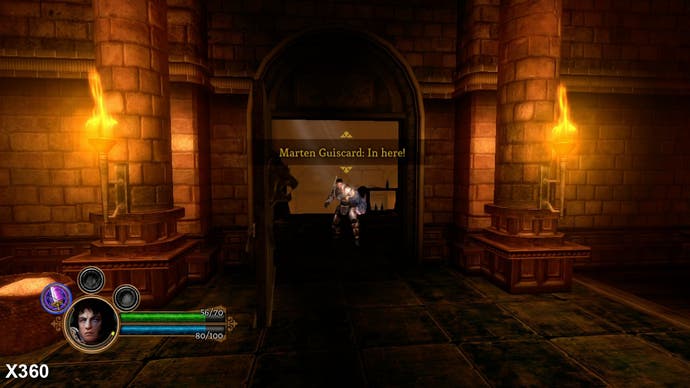

In reality, this is small beer, particularly when the camera viewpoint by default is so far away from the player for the most part. By far the biggest issue is the inconsistent frame-rate, so we should expect the PC version to let us power past the shortcomings of the Xbox 360 and PlayStation 3 versions, allowing gamers to enjoy the environments and effects the way they're meant to be seen.

